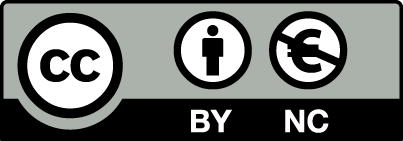- EconStor
- Universitat Politècnica de Catalunya (UPC), BarcelonaTech
- The School of Industrial, Aerospace and Audiovisual Engineering of Terrassa (ESEIAAT), Universitat Politècnica de Catalunya (UPC)
- Journal of Industrial Engineering and Management (JIEM), Universitat Politècnica de Catalunya (UPC), BarcelonaTech
Please use this identifier to cite or link to this item:
https://hdl.handle.net/10419/261783 Year of Publication:
2021
Citation:
[Journal:] Journal of Industrial Engineering and Management (JIEM) [ISSN:] 2013-0953 [Volume:] 14 [Issue:] 4 [Publisher:] OmniaScience [Place:] Barcelona [Year:] 2021 [Pages:] 850-862
Publisher:
OmniaScience, Barcelona
Abstract:
Purpose: Circular economy (CE) principles have evolved in response to natural resource depletion as a set of guidelines for eliminating the linear take-use-dispose model of product consumption. The consequences of shifting from a linear to a circular supply chain are difficult to visualize in the long term. This study aims to design a methodology for building a simulation model to implement CE strategies in any small and medium-sized enterprise SME to prove policies before implementing them in the real world. This paper applied the methodology in a biological cycle case study: a confectionery factory in Mexico. Design/methodology/approach: This study evaluated service-dominant logic, ecosystem services, system dynamics, and agent-based modeling to design the proposed methodology. A series of interviews with stakeholders were performed to assess the simulation model during the development phase. The circular economy indicator prototype (CEIP) was used as a circular maturity measure of the confectionery factory. The simulator was executed in Netlogo software, implementing a four-scenario analysis based on two CE policies for the caramel recycling process. Five state variables were proposed in this analysis: confectionery waste, recycled glucose, recycling utilization, costs of recycled glucose, and profit. Findings: The CEIP score of the confectionery factory was 52%, rated as a "good" product. Regarding scenario analysis, the first scenario had the highest profit improvement. Practical implications: The simulator allowed stakeholders to understand the operation of the recycling process and visualize all variables involved in the system. Originality/value: In the CE literature, little attention has been paid to proposing a methodology for designing a simulation model to implement CE strategies in any industry. Thus, this study implements a nine-step methodology based on services context and dynamic simulation tools to design a platform to evaluate and visualize the consequences of CE strategies implementation in the long term.
Subjects:
agent-based modeling
circular economy
confectionery
ecosystem-services
service-dominant logic
simulation
system dynamics
circular economy
confectionery
ecosystem-services
service-dominant logic
simulation
system dynamics
Persistent Identifier of the first edition:
Document Type:
Article
Files in This Item:
File
Description
Size
Format
Items in EconStor are protected by copyright, with all rights reserved, unless otherwise indicated.

